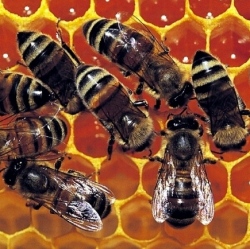
New research shows that buried within plaque is a history of the bacteria, food, and other microscopic particles that crossed the teeth it’s come to coat. While plaque may have less to say about those with good oral hygiene today, an international group of researchers has found that it could reveal quite a bit about our ancestors:
On the teeth of several 1,000-year-old skeletons, researchers were able to determine health and dietary information and to analyze the bacteria that once existed in their mouths.
"The most interesting, but not especially staggering finding, is that it was possible to reconstruct the whole genome of a bacteria living in a Medieval nun’s mouth and reveal that it lacked antibiotic resistance genes found in modern strains," Matthew Collins, a University of York professor involved with the research, writes in an email to The Verge.
The researchers identified a number of pathogens and disease-causing bacteria within the plaque and, in particular, found that gum disease was caused by the same bacteria then as it is today.
But that’s merely the tip of the iceberg when it comes to what’s hidden inside of plaque. "We think that ancient plaque … is going to be a major new frontier in the study of the oral microbiome," Collins writes.
Most ancient human remains have hardened plaque in their mouths, and the researchers say that future studies may be able to outline how the ecosystem of microbes in our mouths has changed over time as humans changed their diets and behaviors.
